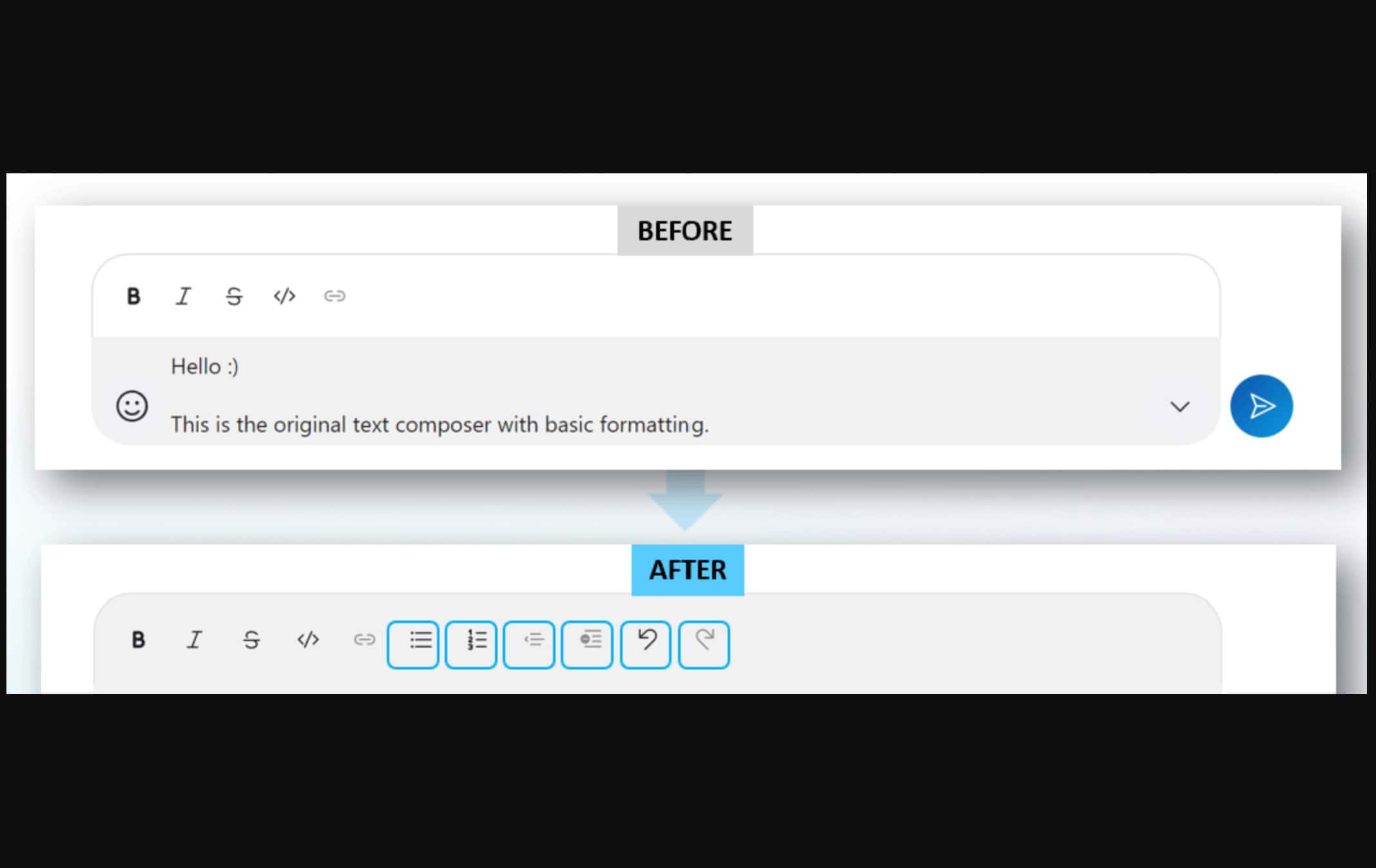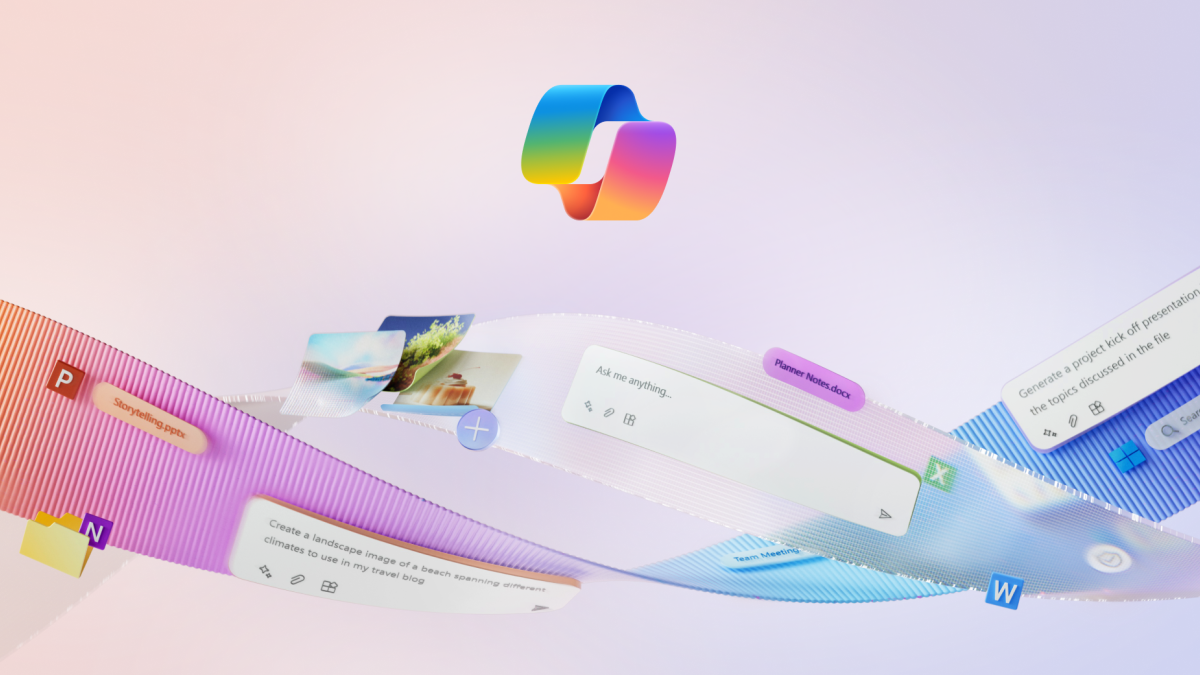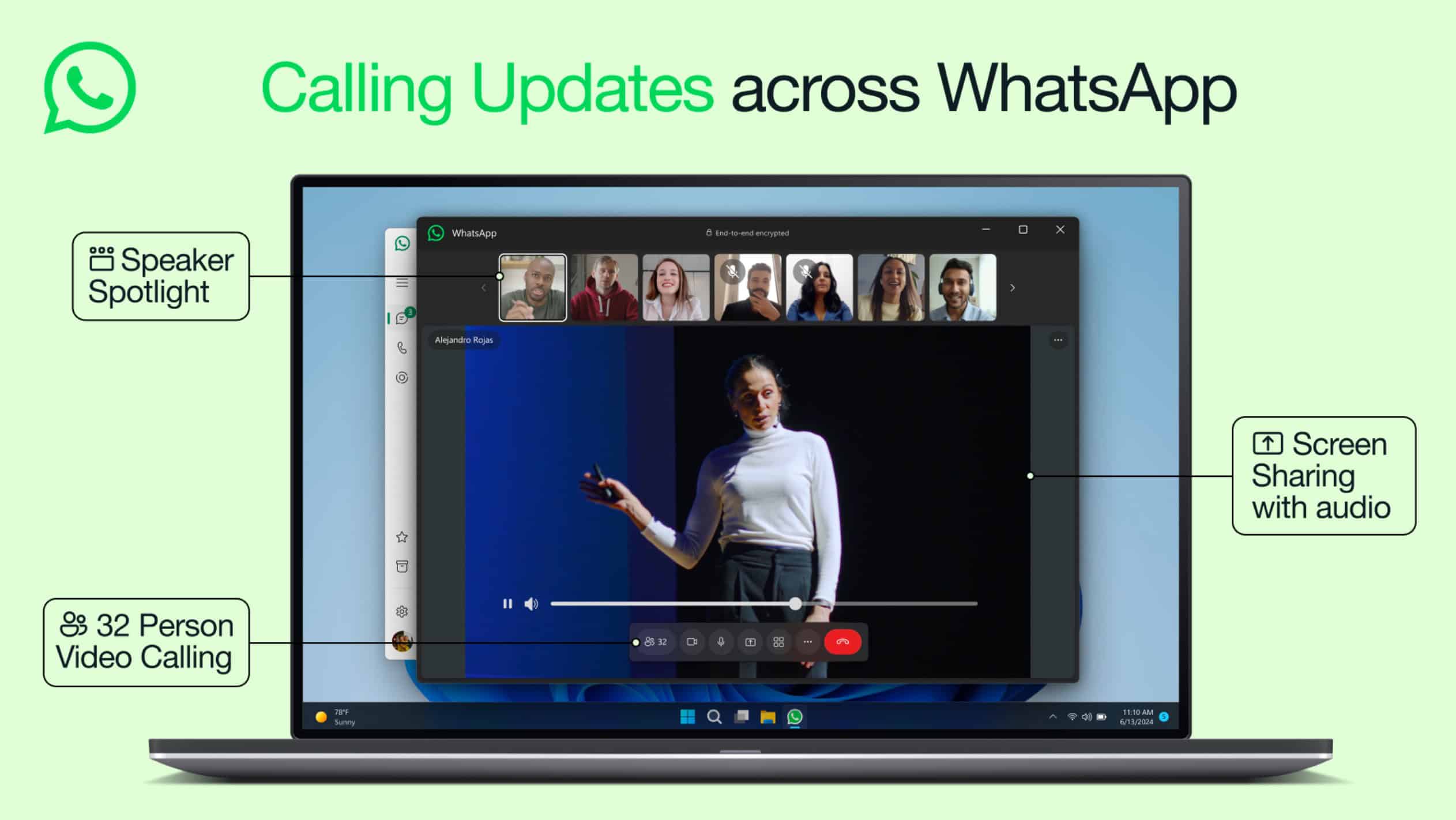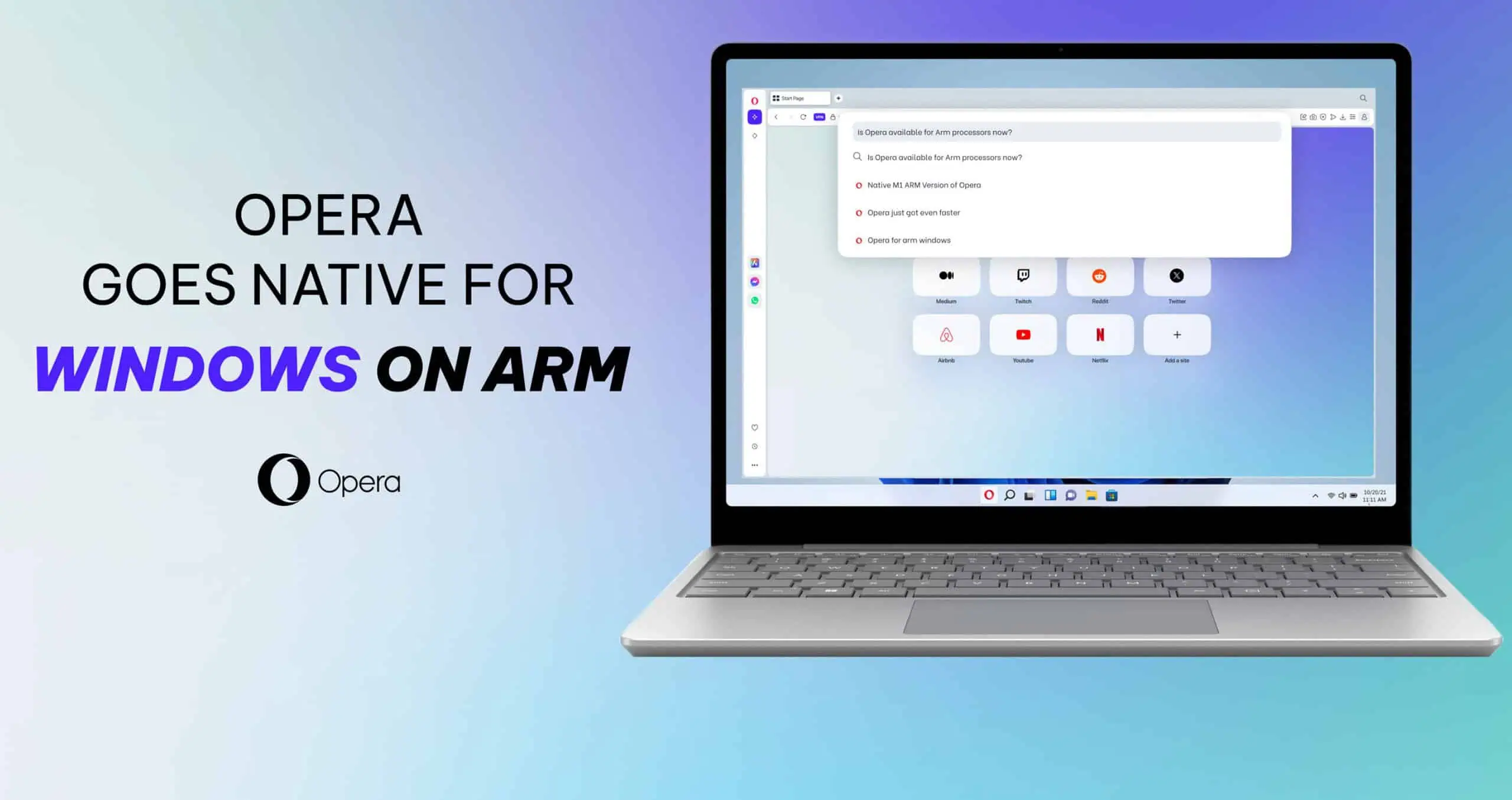Microsoft improves AI for forecasting when clouds and precipitation might occur
2 min. read
Published on
Read our disclosure page to find out how can you help MSPoweruser sustain the editorial team Read more
Key notes
- Microsoft’s AI model forecasts cloud cover and rain together.
- Improved accuracy with generative AI and combined radar/satellite data.
- Fills data gaps for reliable forecasts even without radar.
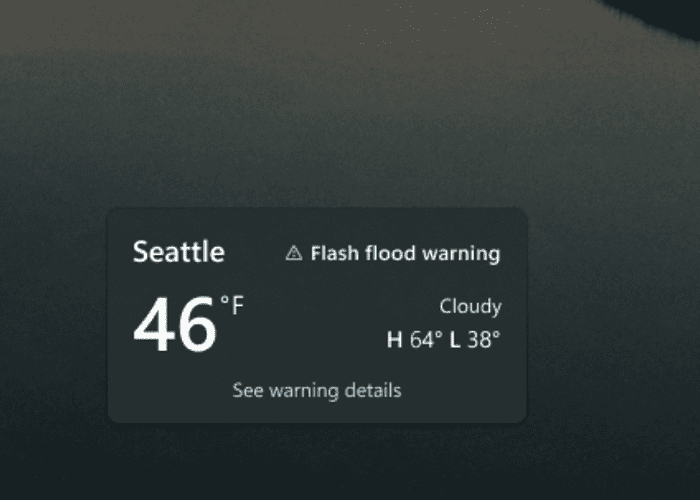
Microsoft has improved its AI model for forecasting cloud cover and precipitation. This new model, which is available through Weather from Microsoft Start, gives users with up-to-the-minute forecasts and maps of both cloud cover and precipitation.
The model uses a generative adversarial network (GAN) approach to improve the accuracy of its forecasts. This approach involves training two models:
- a generator that creates forecasts, and
- a discriminator that tries to distinguish between real data and the generator’s forecasts.
This competition between the model improves the quality of the forecasts.
The new model also uses data from both radar and geostationary satellites. This lets the model to give forecasts even in areas where radar data is unavailable.
Microsoft also revealed that the model gives more weight to radar data in its training, as this data is considered to be more accurate for precipitation forecasting.
According to Microsoft, the new model offers more improvements over previous models. It has been shown to be more accurate in forecasting cloud cover and precipitation, and it can provide forecasts for longer lead times. The model can also fill in data gaps when satellite imagery is unavailable.
Additionally, it was observed that predicted satellite images score better than a persistence forecast after 15 minutes, meaning these predictions can be used when satellite outages last longer than 15 minutes.
Weather from Microsoft Start is available through a variety of Microsoft products, including Windows 10, Windows 11, Microsoft Edge, Bing, and the Bing and Microsoft Start mobile apps.

